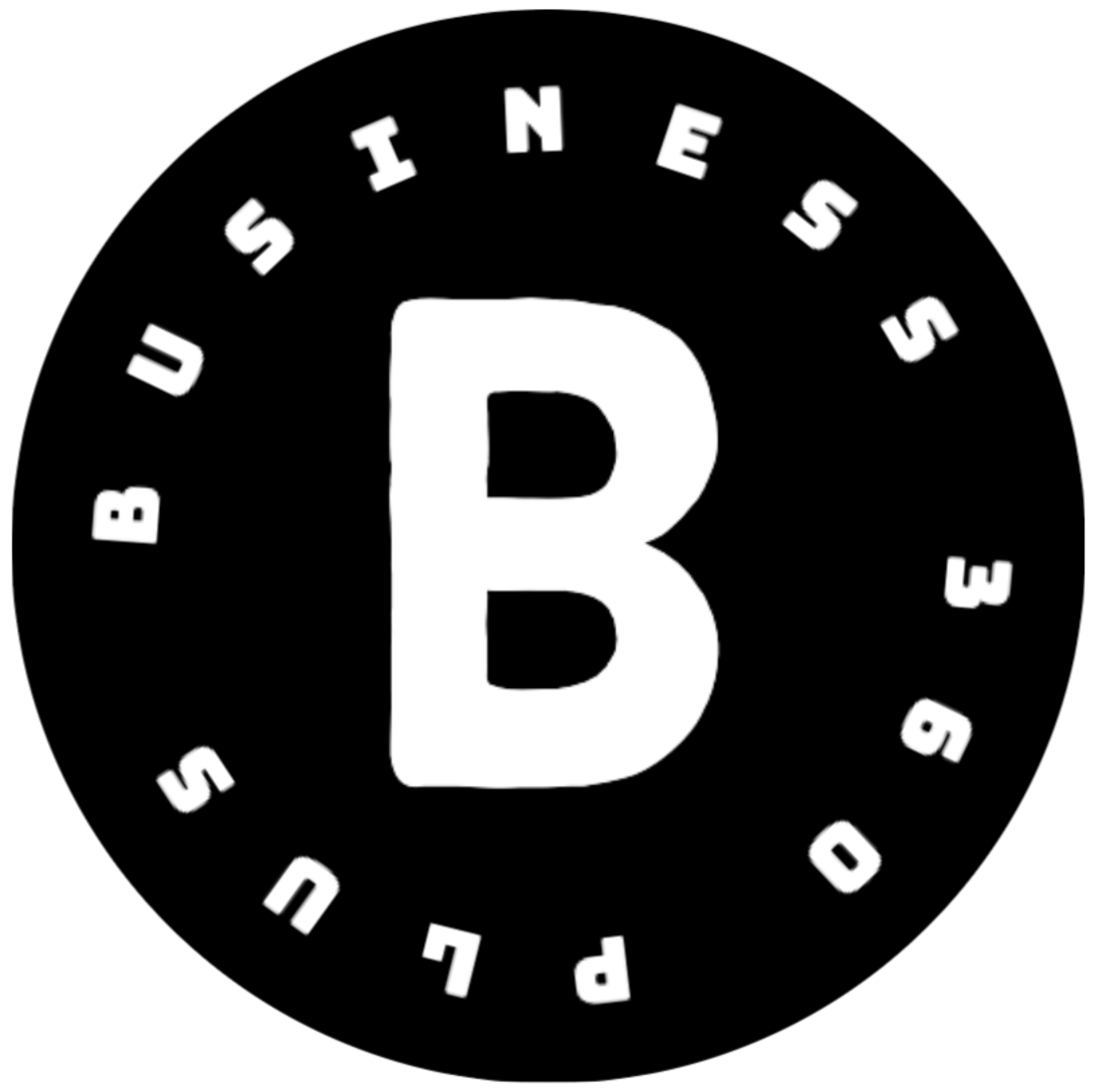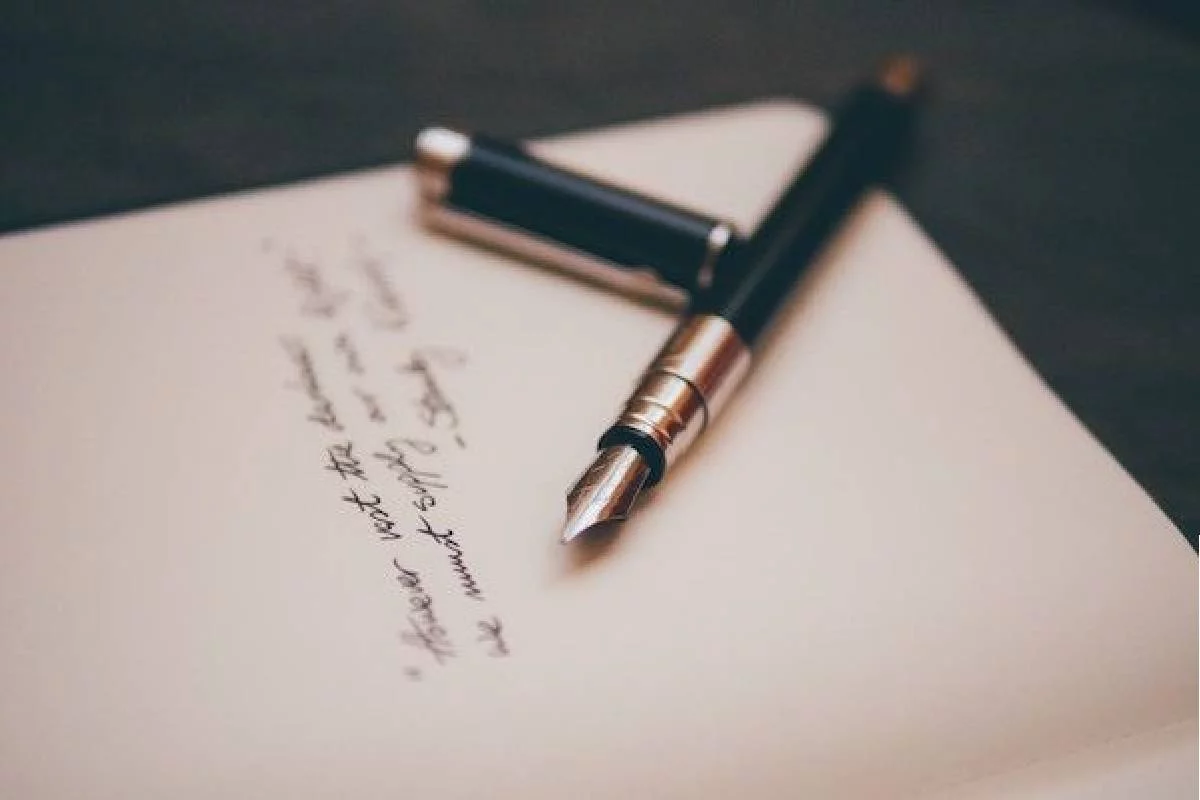How to Create a Successful Business Letter with Formatting
How to Create a Successful Business Letter with Formatting?: There is still plenty of room in our digital age for a well-written—and correctly formatted—business letter, even though the majority of corporate conversations have moved online, taking place over email, video, and chat.
Convey sure you represent yourself (and your company) well, make your arguments clearly, and can influence outcomes with your next letter by using this guidance on how to write a business letter.
Formatting a Business Letter
- The business letter often adheres to a predetermined format and standard, similar to the business-casual dress code of writing.
- There are specific components that you’ll want to include in your business letter, regardless of whether you’re prospecting a possible customer, partner, or investor, asking about an available position in a cover letter, or thanking someone at another company:
Your details for contact:
- Include your name, title, employer, mailing address, telephone number, and email, either on the letterhead included in your template or at the top of your business letter.
The date:
- It is traditional to include the date of writing at the beginning of your message, even if you are sending a digital copy of your letter through email.
Contact details for the intended recipient:
- Include the address of the person or organization to which you are writing beneath the date and justified to the left margin of the page.
An first greeting:
- Use a formal salutation to start your letter, such as “Dear Mr./Ms./Dr. The salutation “To Whom It May Concern” should be used if you are unsure of the recipient of your letter.
The letter’s body should:
- Make a line break below your salutation, then use single-spaced lines to write your letter’s body.
An official conclusion and signature
- Once you’ve presented your case or made your request, summarize and restate the primary point of your letter before concluding on a positive note.
- Below your closure, add your name and, if you have one, your current job position.
- There are many suitable closings to select from, but you may keep it straightforward with closings like “Sincerely,” “Regards,” or “Respectfully yours.” You can add your written signature above your typed name as an extra touch.
Tips for Writing a Business Letter
There are other writing rules that should be followed in addition to the standard business letter structure in order to make sure that your letter is accepted:
Be Clear:
- Although it’s customary to start your letter’s body with a cordial greeting. It’s crucial that you get right to the subject.
- Use the first paragraph to clearly state the purpose of your letter before moving on to specifics in the next paragraph to support your request or employment application.
Keep It Brief:
- You should write succinctly throughout the entire letter. Stay away from flowery jargon and write in a formal tone.
Offer Follow-Up Options:
- In the final paragraph of your letter. Make sure to state how and when the receiver can get in touch with you. And if appropriate, list the precise actions that need to be taken to fulfil your request.
At All Costs, Avoid Typos and Errors:
- Typos and grammatical mistakes will hurt your prospects for the majority of company inquiries and job applications. If not result in outright rejection.
- Make sure your letter’s contact information is flawless by checking it more than once. And use a digital writing helper like Microsoft Editor to help you catch errors while you write your letter.
Also Read: Ways to Create an Eco-Friendly Office

